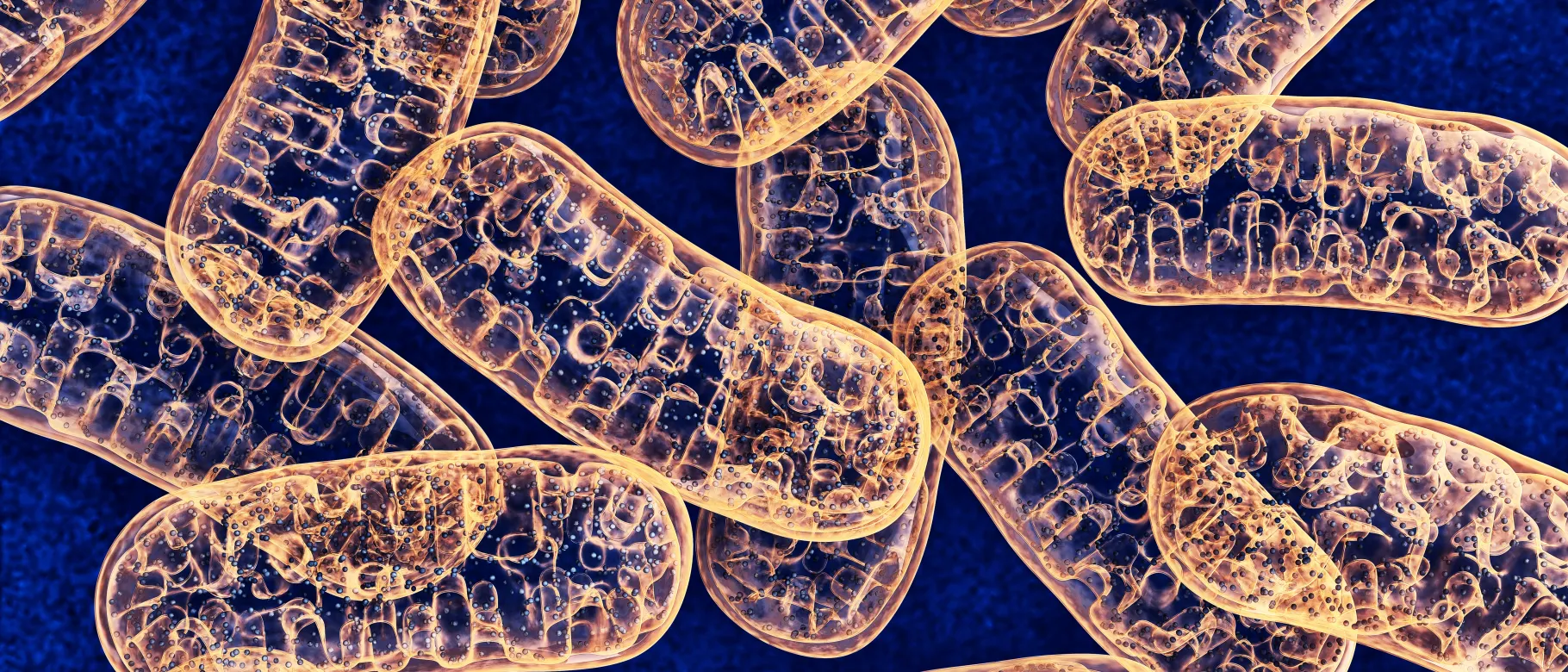Chronic pain and the powerhouse of the cell: UNE receives $2 million to study molecular basis of chronic pain

Chronic pain affects more than 50 million Americans per year, resulting in extraordinary personal and societal costs.
More than half of chronic pain patients report inadequate pain relief from medical treatment. Worsening the situation is that prescription opioid medications, while some of the most effective pain-relieving drugs, can come with serious side effects, including the potential for addiction — fueling the opioid crisis and contributing to the dramatic increase in overdose deaths over the past 10 years.
One of the major challenges in effectively treating chronic pain is that there are changes in the molecular mechanisms that give rise to pain as it transitions from acute (immediate) to chronic pain. As a result, many treatments that are effective for acute pain don’t work well for chronic pain.
A five-year, $2 million R01 grant to the University of New England from the National Institute of Neurological Disorders and Stroke, a division of the National Institutes of Health (NIH), aims to identify those pathways and seek methods to develop new, non-addictive treatment options.
“Primary pain-sensing neurons send information about potential injuries from the body into the spinal cord, where it is then transmitted to the brain. The molecules that create those signals in the pain-sensing neurons can change in response to injury, and so you can have different molecules responsible for chronic pain than for acute pain,” said Derek Molliver, Ph.D., professor of biomedical sciences at UNE and principal investigator on the grant. “As a result, you can take something like an NSAID, such as ibuprofen, that works great on the acute machinery, but the chronic machinery is a different creature. We need a whole different set of tools to treat chronic pain, but we can't develop those tools until we identify the molecular machinery that's driving chronic pain.”
Molliver and his team have identified unique features of mitochondria — the structures that produce energy for cells to function — as a potential pathway to chronic pain.
Because pain-sensing neurons require vast amounts of energy to transmit pain signals, Molliver explained, he theorizes that chemical signals emitted by the mitochondria can adjust how easily a pain-sensing neuron is activated. More activation means more pain. By using drugs to adjust how hard the mitochondria are working, the team have been able to reduce the pain signals sent by the sensory neurons.
“Everything that a neuron does is regulated in some way by the balance between its need for energy and its need to create the raw materials that allow it to do its work. The mitochondria are at the center of that balance,” Molliver explained.
Researchers in the Molliver Lab will investigate the signaling mechanisms that allow mitochondria — the “powerhouses of the cell”— to alter the function of pain-sensing neurons in mice.
The study seeks to understand why, after injury, some patients recover fine and why some develop chronic, often lifelong, pain. Experiments will explore new approaches to suppressing pain by adjusting the function of the mitochondria in rodent and human cells — including the use of a cell line created from human sensory neurons to explore these mechanisms in human cells — with the goal of creating new therapies that can target the mechanisms that give rise to chronic pain.
“We are very excited to be developing the potential utility of this cell line for pain research,” Molliver said. “This is an important step, because while rodent neurons are similar to human neurons in many ways, it is necessary to confirm that the key signaling pathways that we identify are the same in rodents and humans in order to develop effective new treatments for patients.
“This approach will also allow us to use fewer animals in our research,” he added.
From there, the researchers will explore molecular methods for anti-nociceptive, or pain-blocking, therapies by suppressing the action of the mitochondria in animal cells with the goal of creating new therapies that can pinpoint the mechanisms of chronic pain.
“Right now, there’s no way to look at two patients with the same injury and tell which one will recover and which one will develop a long-lasting chronic pain condition,” Molliver said. “If we can identify the cell signaling pathways that change during the transition from acute to chronic pain, then we can begin to develop non-addictive drugs that directly target the unique features that produce chronic pain.”
Molliver added that this research may open doors to groundbreaking treatments for ailments other than chronic pain.
“Another exciting aspect of this project is that mitochondria are evolutionarily very old and present in every cell in the body,” he remarked. “Looking to the future, there is a possibility that whatever we learn about mitochondrial control of cellular function in pain-sensing neurons may improve our understanding of other, apparently unrelated disorders in which mitochondria are known to play a role, from neurodegenerative disease to cardiovascular disease.”
